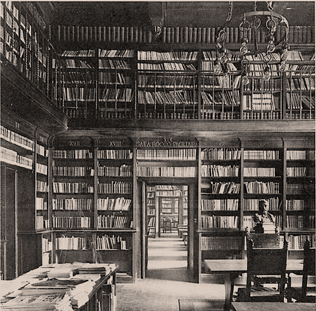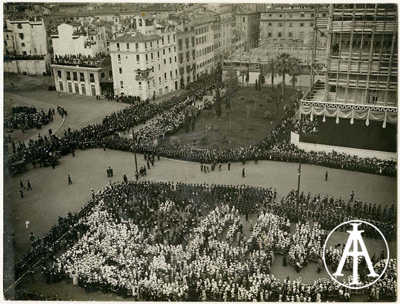One Hundred Years at the Service of Culture
The Istituto Nazionale di Archeologia e Storia dell’Arte was founded in Rome on October 27, 1918. Its aim was to promote and coordinate researches in the field of archaeology and history, in order to facilitate the development of knowledge and protection of the national cultural heritage. His seat was established in Palazzo Venezia, recently claimed from Austria, which held its diplomatic representation here.
The birth of this Institution was sought by Benedetto Croce, Italian Minister of Education, and by Corrado Ricci, founder and first President of the Istituto (1922-34). The new Institute, inaugurated on June 4th 1922, was to be instrumental in allowing Italian scholars to be able to deepen their training in Italy and not be forced to go abroad or lean for research on foreign institutions.
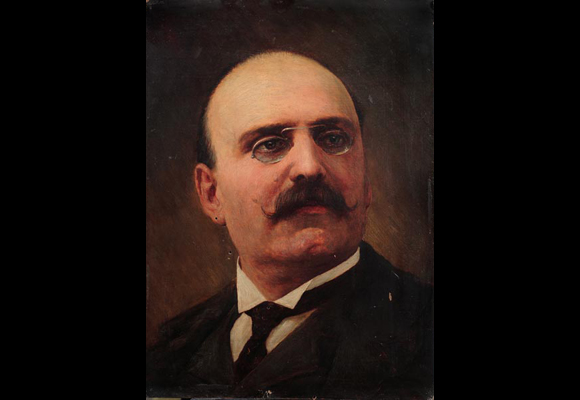
Since 1926, the statutory regulations established the Institute's relationships with Universities and financed scholarships for archaeologists and art historians. At the time of its founding, the Institute had the most prestigious Italian scholars, including Paolo Orsi, Pericle Ducati, Federico Hermanin, Roberto Paribeni, Federico Halbherr, Bartolomeo Nogara, Adolfo and Lionello Venturi, Pietro Toesca, Achille Bertini Calosso and others.
Corrado Ricci also founded the most important Italian public library specializing in archeology and history of art (the BIASA), providing it with important collections of books, manuscripts, drawings and photographs. He also founded the Bulletin of the Royal Institute of Archeology and Art History, published since 1922, and in 1929, the Journal of the Royal Institute of Archeology and Art History (RIASA), which is still being published. It was also articulated by editorial activity, directed towards monographic publications, collections of literary and documentary sources, and bibliographic repertoires.
In 1939, security reasons forced the Istituto to move from Palazzo Venezia to Via della Lungara, at the Accademia d'Italia. Scholarly and editorial activities continued until 1943, albeit in a reduced tone. Only on June 4, 1945, under the chairmanship of Pietro Toesca, the Institute returned to Palazzo Venezia, in the venue it still holds today. In 1952, following the resignation of Toesca, the Presidenza was entrusted to a government Special Commissioner. This management lasted until 1997.
The current legal framework, which has put in place the Board of Trustees, is based on the provisions of D.P.R. 22 July 1996. In 2003, following the provisions of the law governing the organization of cultural institutes, INASA assumed legal status under private law. In a renewed regulatory environment, the Institute continues - after 100 years - to promote scientific researches aimed to the preservation of cultural heritage, in agreement with institutions and in support of public and private bodies that intend to elaborate projects for the conservation and safeguarding of archaeological and artistic heritage.
Presidents and Government Commissioner since Year of Foundation
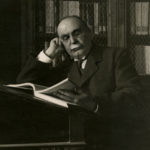
Corrado Ricci
Presidente
1922-1934
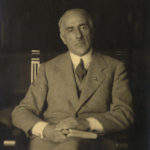
Roberto Paribeni
Presidente
1934-1944
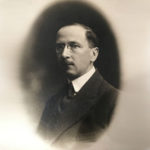
Pietro Toesca
Presidente
1944-1952
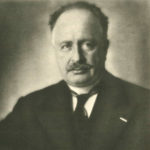
Achille Bertini Calosso
Commissario Governativo
1952-1955

Luciano Laurenzi
Commissario Governativo
1955-1962
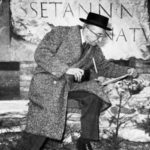
Giuseppe Lugli
Commissario Governativo
1962-1967
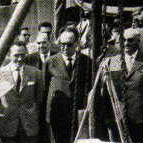
Emilio Prisinzano
Commissario Governativo
1967-1972

Antonino Pagliaro
Commissario Governativo
1972-1974
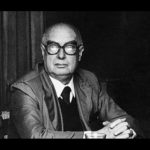
Michelangelo Cagiano de Azevedo
Commissario Governativo
1974-1981

Fausto Zevi
Commissario Governativo
1981-1998
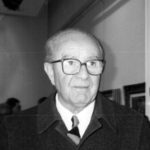
Alessandro Bettagno
Presidente
1998-2004

Adriano La Regina
Presidente
2004
documenti
(Italiano) A. La Regina, L’Istituto Nazionale di Archeologia e Storia dell’Arte
Sorry, this entry is only available in Italian.
(Italiano) M. Pomponi, L’Istituto Nazionale di Archeologia e Storia dell’Arte
Sorry, this entry is only available in Italian.
(Italiano) F. Zevi, L’Istituto Nazionale d’Archeologia e Storia dell’Arte
Sorry, this entry is only available in Italian.
(Italiano) L’Istituto di Archeologia e Storia dell’Arte e la questione archeologica romana, di Massimo Pomponi
Sorry, this entry is only available in Italian.
(Italiano) Romolo Artioli, Palazzo Venezia (1916)
Sorry, this entry is only available in Italian.
(Italiano) Decreto Luogotenenziale del 25 agosto 1916
Sorry, this entry is only available in Italian.


